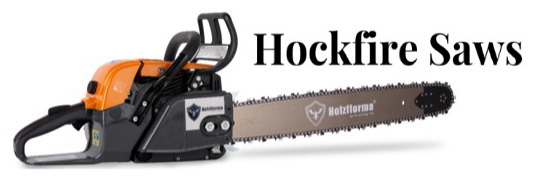- Local time
- 12:55 PM
- User ID
- 513
- Joined
- Jan 11, 2016
- Messages
- 1,085
- Reaction score
- 5,835
- Location
- Iowa
Probably do good in a torque battle.
I would think my 7900 you did would fair well in the torque battle
Probably do good in a torque battle.
Joe and I were discussing this earlier. I think many confuse high torque with lack of hp.How would an Echo 800P do in the torque department
I always considered torque to be associated with longer stroke and bigger cranks, thus meaning you could pull longer bars. And hp to be associated with high rpm. I also believe that you would need max torque and hp at whatever rpm the saw is running at under load. Then again, I’m no expert on this, so correct me if I’m wrongJoe and I were discussing this earlier. I think many confuse high torque with lack of hp.
I kind of assumed racing saws had their peak torque near their ideal cutting rpm because of their peaky nature. Having the peak torque at the bottom of the useable RPM range allows for forgiving loading without it immediately stalling. My Echo 303t (reed valve) easily bogs below a certain relatively high rpm. I've imagined it as: with a decrease in rpm there's a decrease in power, but this saw doesn't have a sufficient increase in torque to stop the cycle of less rpm=less HP=less rpm...ect.I think you’d want max torque closest to desired cutting rpm. I’d love to see peak torque at 10,000 rpm, but I don’t think that’s achievable.
Torque is a force and hp is it’s relationship at rpm. Look at it as work, and how fast the work is done, it takes a certain amount of torque to do something, but how fast it gets done is hp, kinda.I always considered torque to be associated with longer stroke and bigger cranks, thus meaning you could pull longer bars. And hp to be associated with high rpm. I also believe that you would need max torque and hp at whatever rpm the saw is running at under load. Then again, I’m no expert on this, so correct me if I’m wrong
I always considered torque to be associated with longer stroke and bigger cranks, thus meaning you could pull longer bars. And hp to be associated with high rpm. I also believe that you would need max torque and hp at whatever rpm the saw is running at under load. Then again, I’m no expert on this, so correct me if I’m wrong
I don’t think all race saws are peaky at all. Maybe pipe sawsI kind of assumed racing saws had their peak torque near their ideal cutting rpm because of their peaky nature. Having the peak torque at the bottom of the useable RPM range allows for forgiving loading without it immediately stalling. My Echo 303t (reed valve) easily bogs below a certain relatively high rpm. I've imagined it as: with a decrease in rpm there's a decrease in power, but this saw doesn't have a sufficient increase in torque to stop the cycle of less rpm=less HP=less rpm...ect.
How would an Echo 800P do in the torque department
I think you’d want max torque closest to desired cutting rpm. I’d love to see peak torque at 10,000 rpm, but I don’t think that’s achievable.
I’m no expert either. All I know is what I thought I knew but then I saw the dyno graphs that proved things differently. Saws that were supposed to be up in the 8 or 9 foot pound range that only scored 5. We are all still learning
So sensibleIn the same ball park, I'll get a screen shot of max tq on my ported one.
That would be some high hp stuffs. And keep moving the hp up the curve as well.
Stupid dyno, it's supposed to answer all the questions.
I'm just gonna junk it....
Lol
My banshee torque peaks at around 9kI think you’d want max torque closest to desired cutting rpm. I’d love to see peak torque at 10,000 rpm, but I don’t think that’s achievable.
Good job on the hybrid my man.I don’t think all race saws are peaky at all. Maybe pipe saws






